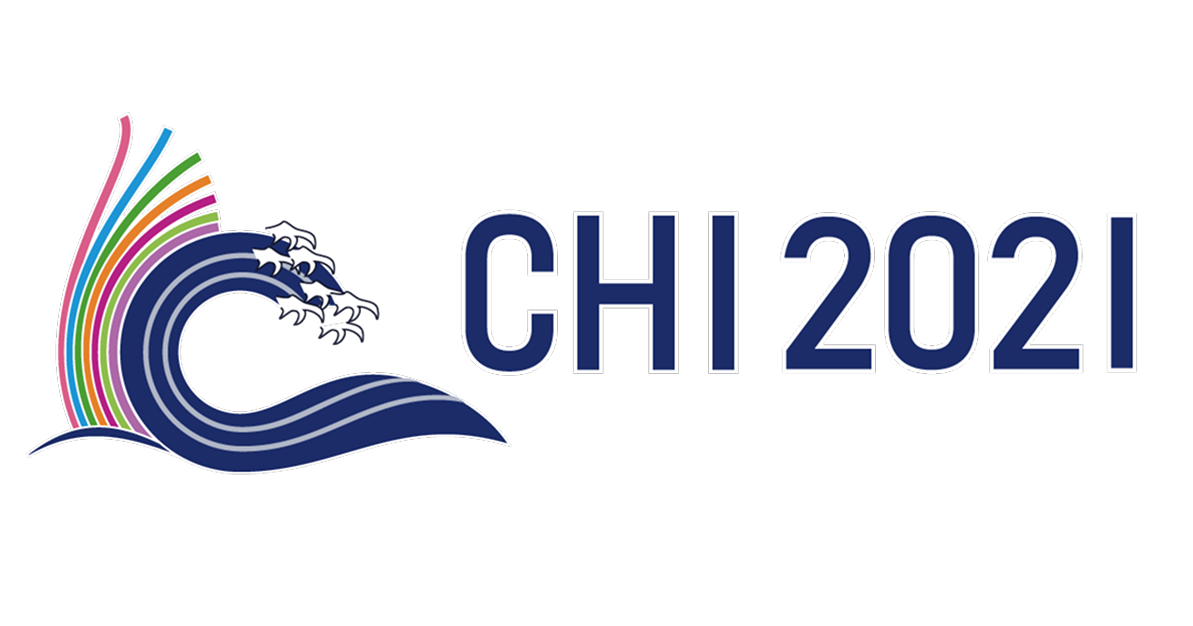nj
Projects
Publications
Resume
About
From Curiosity to Publications
My journey into accessibility began with hesitation. My first thought was that I wasn't the right person for this work, but questioning that doubt sparked a deeper curiosity. It led me to learn that true accessibility doesn't just serve one group, but considers the full spectrum of human ability. This new perspective guided my research into situationally-induced impairments, based on a simple truth: our needs are defined by our context, whether that context is temporary or lifelong. This realization became my spark, illuminating how designing for a specific need is the very reason we have universal innovations like text messaging and eyeglasses.
That spark was forged into a true passion at the Center for Accessibility & Inclusion Research (CAIR). Under the mentorship of Kristen Shinohara, I learned more than the foundation of research; Kristen challenged me to learn how to truly listen—to adapt my questions on the spot. I learned from observing her how to 'meet people where they're at' to understand the world through their lens. My work today is simply about meeting people where they are—and ensuring the technology we build does the same.
Honorable Mention, top 5%
The Burden of Survival: How Doctoral Students in Computing Bridge the Chasm of Inaccessibility
Read
Access Differential and Inequitable Access: Inaccessibility for Doctoral Students in Computing
Read
Designing for Social Accessibility Method Cards: Engaging Users and Reflecting on Social Sceneries for Accessible Design
From Insight to Influence


Cultivating clarity to unfold the why
From Curiosity to Publications
My journey into accessibility began with hesitation. My first thought was that I wasn't the right person for this work, but questioning that doubt sparked a deeper curiosity. It led me to learn that true accessibility doesn't just serve one group, but considers the full spectrum of human ability. This new perspective guided my research into situationally-induced impairments, based on a simple truth: our needs are defined by our context, whether that context is temporary or lifelong. This realization became my spark, illuminating how designing for a specific need is the very reason we have universal innovations like text messaging and eyeglasses.
That spark was forged into a true passion at the Center for Accessibility & Inclusion Research (CAIR). Under the mentorship of Kristen Shinohara, I learned more than the foundation of research; Kristen challenged me to learn how to truly listen—to adapt my questions on the spot. I learned from observing her how to 'meet people where they're at' to understand the world through their lens. My work today is simply about meeting people where they are—and ensuring the technology we build does the same.
Honorable Mention, top 5%
The Burden of Survival: How Doctoral Students in Computing Bridge the Chasm of Inaccessibility
Read
Access Differential and Inequitable Access: Inaccessibility for Doctoral Students in Computing
Read
Designing for Social Accessibility Method Cards: Engaging Users and Reflecting on Social Sceneries for Accessible Design
From Insight to Influence


Cultivating clarity to unfold the why
nj
From Curiosity to Publications
My journey into accessibility began with hesitation. My first thought was that I wasn't the right person for this work, but questioning that doubt sparked a deeper curiosity. It led me to learn that true accessibility doesn't just serve one group, but considers the full spectrum of human ability. This new perspective guided my research into situationally-induced impairments, based on a simple truth: our needs are defined by our context, whether that context is temporary or lifelong. This realization became my spark, illuminating how designing for a specific need is the very reason we have universal innovations like text messaging and eyeglasses.
That spark was forged into a true passion at the Center for Accessibility & Inclusion Research (CAIR). Under the mentorship of Kristen Shinohara, I learned more than the foundation of research; Kristen challenged me to learn how to truly listen—to adapt my questions on the spot. I learned from observing her how to 'meet people where they're at' to understand the world through their lens. My work today is simply about meeting people where they are—and ensuring the technology we build does the same.
Access Differential and Inequitable Access: Inaccessibility for Doctoral Students in Computing
Read
Honorable Mention, top 5%
The Burden of Survival: How Doctoral Students in Computing Bridge the Chasm of Inaccessibility
Read
Designing for Social Accessibility Method Cards: Engaging Users and Reflecting on Social Sceneries for Accessible Design
From Insight to Influence


Cultivating clarity to unfold the why
nj